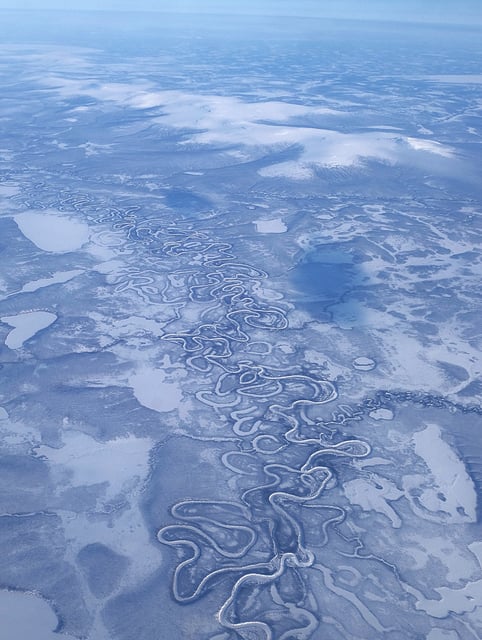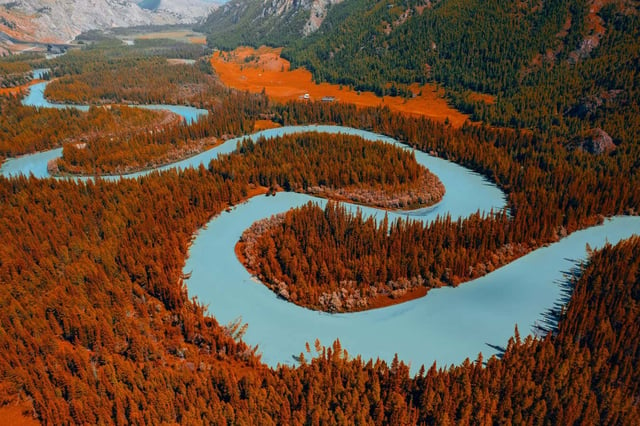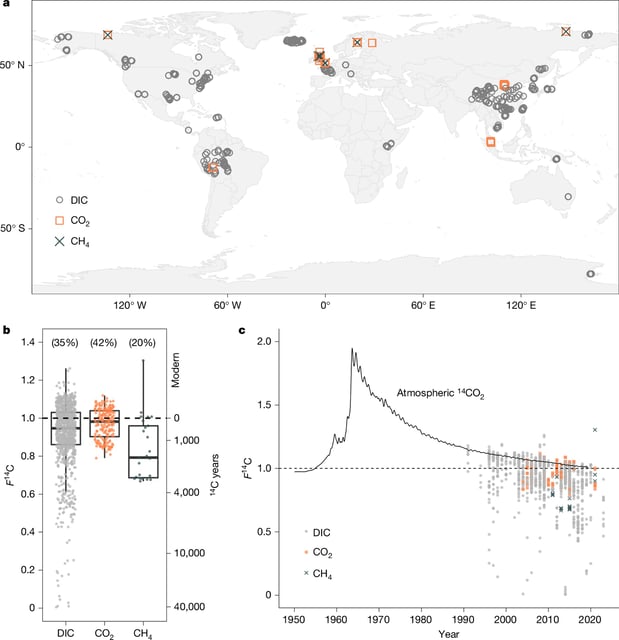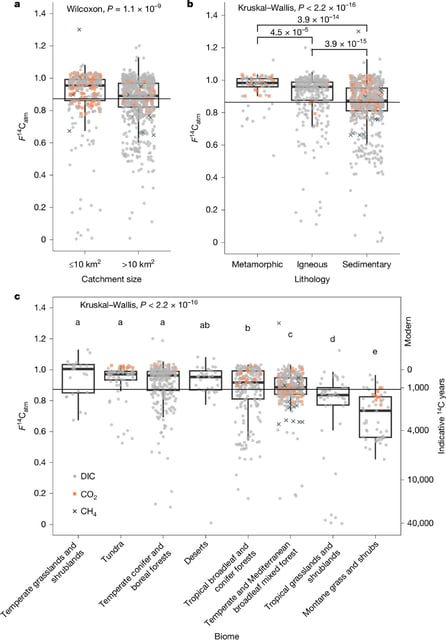Overview
- Global rivers release roughly 2 gigatons of carbon dioxide and methane annually, with ancient stores accounting for about 60%—or 1 gigaton—of those emissions.
- Researchers used radiocarbon dating on samples from more than 700 river reaches across 26 countries to pinpoint the age of riverine carbon and methane.
- Roughly half of the emissions derive from recent biomass while the remainder originates from deep soil layers and rock weathering formed thousands to millions of years ago.
- Scientists warn that rising temperatures, permafrost thaw and landscape disturbances such as peatland drainage may be accelerating the flow of ancient carbon into waterways.
- The unexpected leak of old carbon suggests nations need to revise climate strategies to account for this pathway and the additional uptake required by plants and soils.



